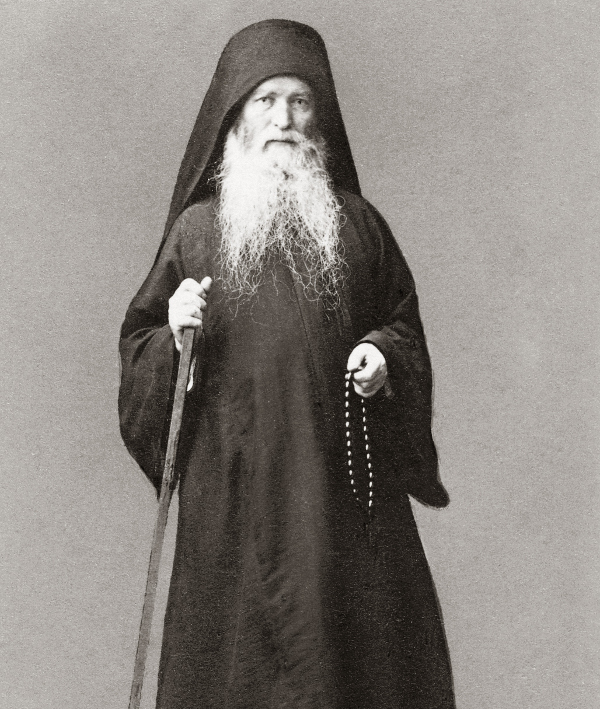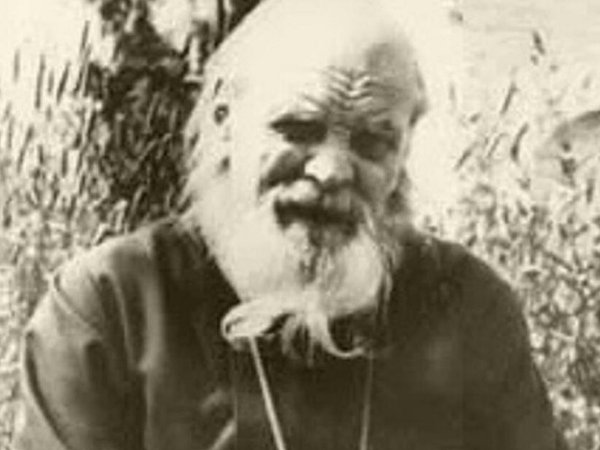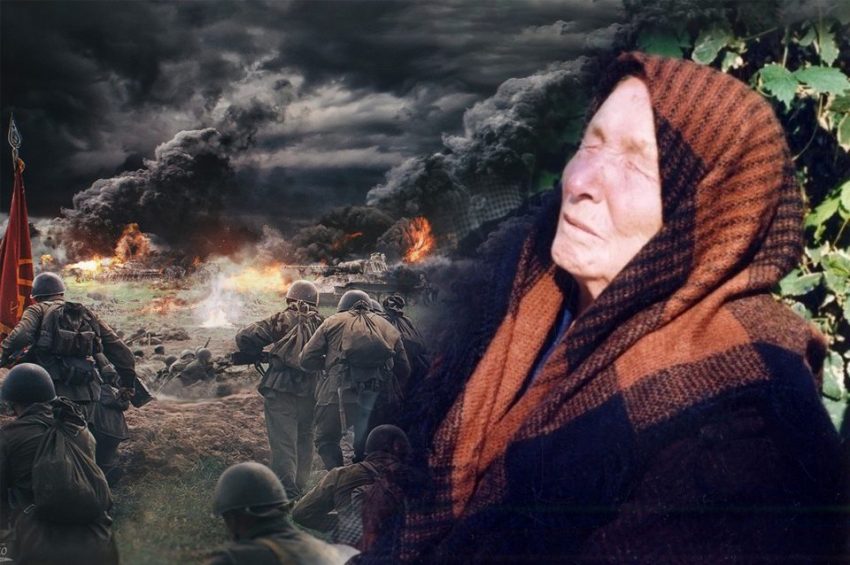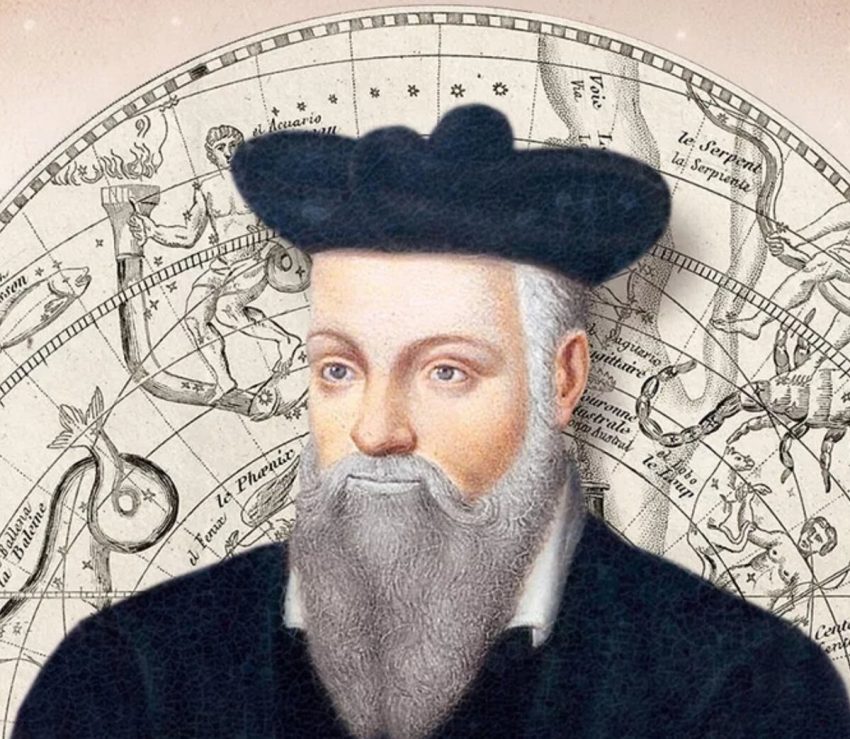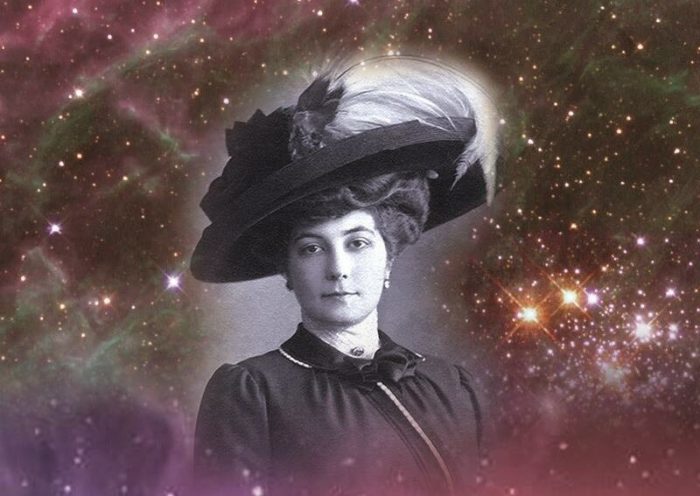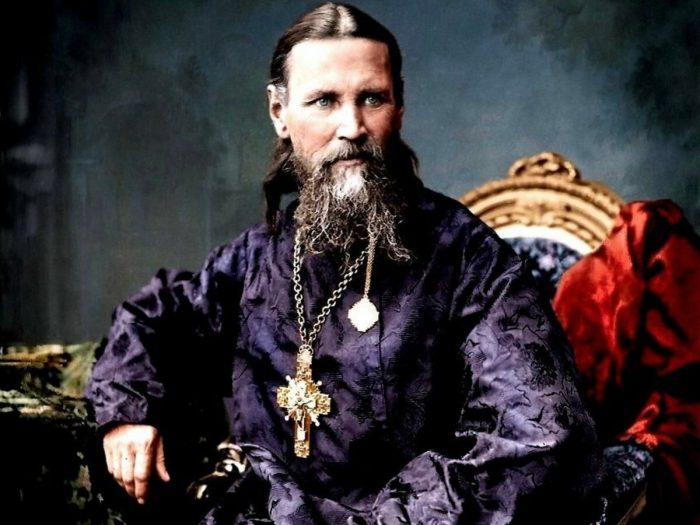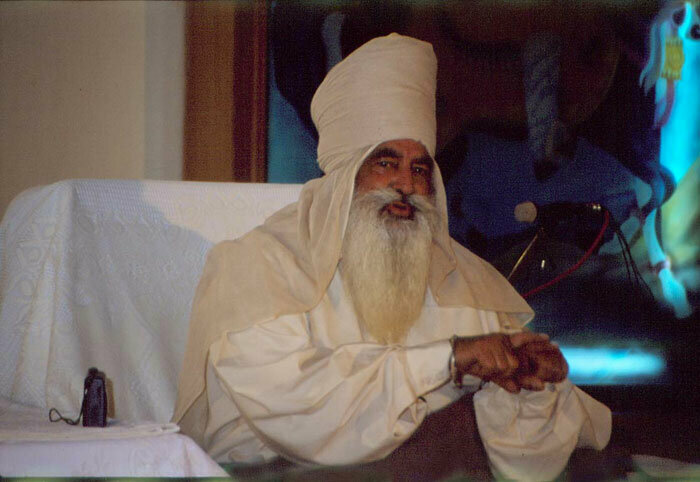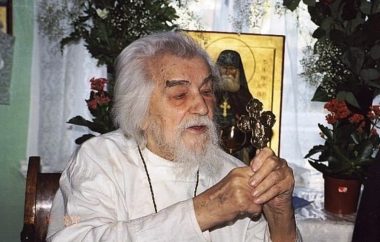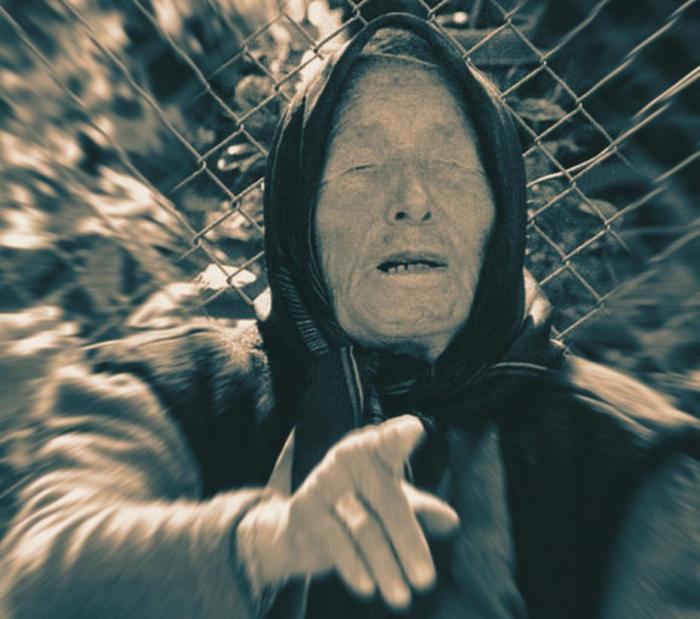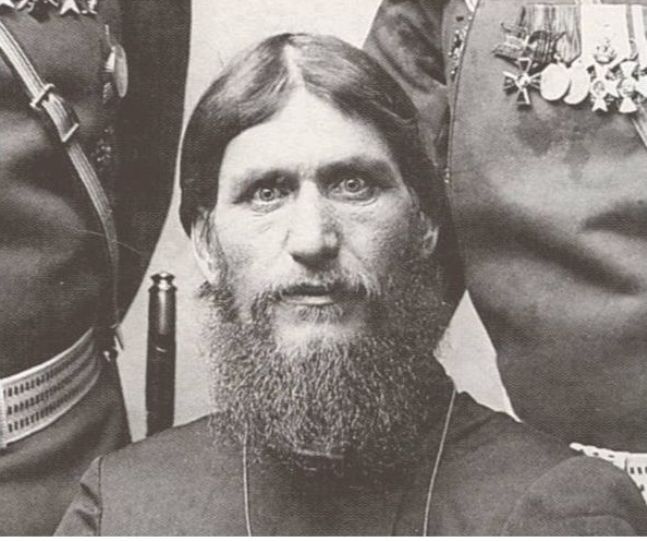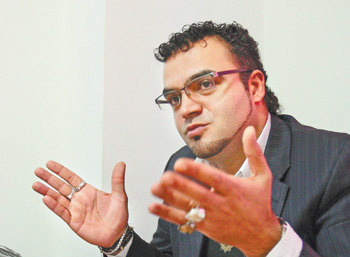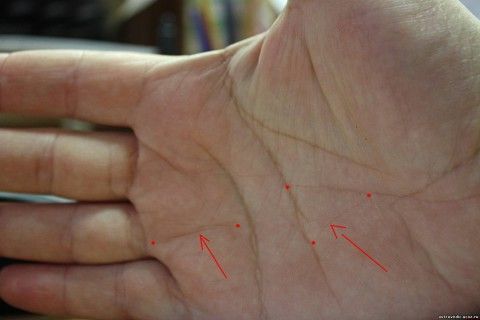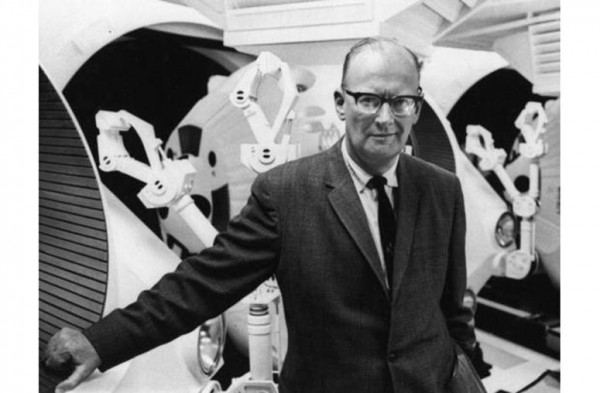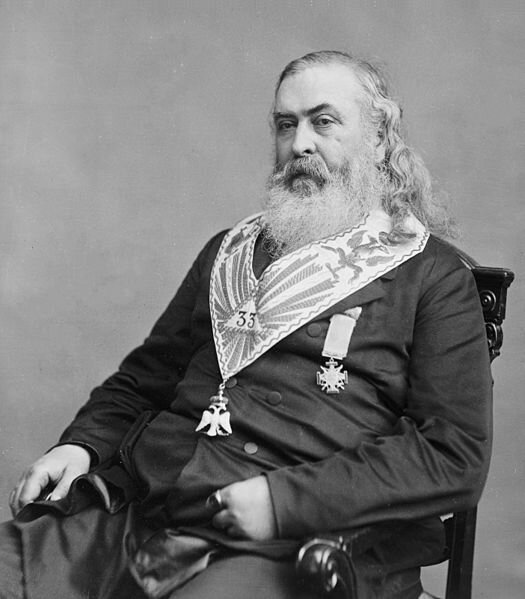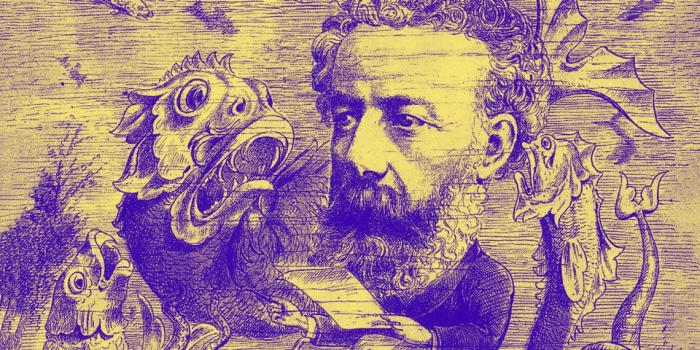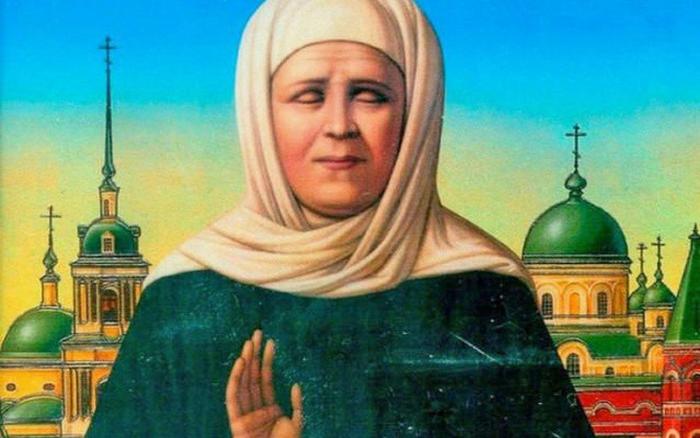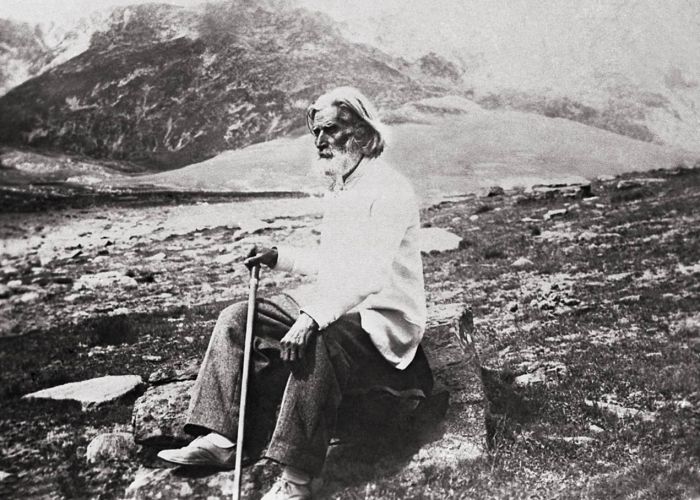Main predictions of Seraphim of Sarov of Russia
In 1754, Prokhor Isidorovich Moshnin was born, whom we know as Seraphim of Sarov. One of the most revered Russian saints. His life, ministry and the way of recognition of his holiness keep many mysteries: from the relationship of the elder to the Old Believers to the difficulties of canonization.
Canonization
For the first time, the documented idea of the official canonization of St. Seraphim of Sarov is contained in a letter from Gavriil Vinogradov to the chief procurator of the Holy Synod, Konstantin Pobedonostsev. This document, dated January 27, 1883, contains a call to “mark the beginning of the reign” of Alexander III with the “discovery of the relics of the pious” Seraphim of Sarov. However, the reverent elder was canonized only 20 years later, in January 1903. Such “indecision” of the Synod is explained by some sources as “sympathy” of the monk for the Old Believers.
However, everything seems to be much more complicated: church power depended to one degree or another on state power in the person of the emperor and his representative, chief prosecutor. And although the latter was never a member of the Synod, he controlled and influenced its activities. The Church decided to take a wait-and-see position, to play for time: of the 94 documented miracles of the Sarov Elder, described for the purpose of his canonization, only a small fraction was recognized. It is often quite difficult to separate the actual feat of the reverend from the figment of the narrator’s imagination.
The synod “did not find the determination to glorify the saint of God”, waiting for the “go-ahead” of the emperor or the providence of God, which ideally should have coincided.
Old Believer
The version about the sympathies of St. Seraphim of Sarov for the Old Believers has been exaggerated from the beginning of the last century to the present day. The falsification of the generally accepted image of the saint as a supporter of the official church was reported, for example, in the “Motovilov papers”, which were presented at the Nomadic Council of 1928. Whether such a Council actually took place is unknown. The fact that it took place was declared by a person with a dubious reputation – Ambrose (Sivers). In addition, a number of researchers (B. Kutuzov, I. Yablokov) recognized the reality of the Nomadic Cathedral.
The “papers” reported that Prokhor Moshnin (Mashnin) – the name that the reverend bore in the world – came from a family of crypto-Old Believers – those who followed Nikon only formally, but in everyday life continued to live and pray in the old Russian, almost thousand-year-old rank. Allegedly, this was also confirmed by some attributes of Sarovsky’s appearance, which later supporters of his “Old Believers” would trump with: a cast copper “Old Believer” cross and a ladder (a special type of rosary). The strict asceticism of the elder was also associated with pre-Nikonian Orthodoxy. However, the conversation of the holy father with the Old Believers is well known, during which he asked them to “leave their nonsense.”
Emperor’s personal motives
It is well known that the last Russian emperor, Nicholas II, played a key role in the canonization of Seraphim of Sarov, who personally put pressure on Pobedonostsev to advance this cause. Perhaps, it was not without the wife of Nicholas II, Alexandra Feodorovna, who asked Sarovsky to pray for the gift of “Russia after the four Grand Duchesses of the heir.” After the birth of the Tsarevich, Their Majesties strengthened their faith in the holiness of the elder. In the emperor’s office, even a large image of St. Seraphim was placed.
Whether there were personal motives in the actions of Nicholas II, whether he sought to overcome the barriers that separated him from the people, is unknown. It is also unclear how significant was the influence of the rector of the Spaso-Evfimiev Monastery, Archimandrite Seraphim (Chichagov), who gave the emperor “an idea about this subject” and presented the “Chronicle of the Seraphim-Diveevsky Monastery”. However, the Sarov elder was revered in the imperial family for a long time: according to legend, Alexander I visited him incognito, and the 7-year-old daughter of Alexander II was cured of a serious illness thanks to the mantle of St. Seraphim.
Letter
During the Sarov celebrations on the occasion of the discovery of the relics of the elder, Nicholas II received the so-called “letter from the past.” The letter was written by the Monk Seraphim and addressed to the “fourth sovereign”, who will arrive in Sarov “to pray especially for me.” What was in the letter is not known for certain – neither the original nor copies have been preserved.
According to the stories of the daughter of Seraphim Chichagov, the Sovereign, having accepted the message sealed with soft bread, put it in his breast pocket with a promise to read it later. When Nicholas read the message, he “wept bitterly” and was inconsolable. Presumably, the letter contained a warning about the coming bloody events, instructions and strengthening in the faith, so that in difficult moments of difficult trials the Sovereign would not lose heart and carry his heavy martyr’s cross to the end.
Prayer on the stone
Quite often, Sarovsky is depicted praying on a stone. It is known that the monk prayed for a thousand nights on a stone in the forest and for a thousand days on a stone in his cell. The prayer feat of Seraphim of Sarov on the stone was not documented by the abbot of the Sarov monastery Nifont. This may be due to the fact that in the Orthodox tradition, kneeling is rather an exception than a rule (they kneel down during the transfer of shrines, during kneeling prayer on Holy Trinity Day, during the call of the priest “Kneel down, let us pray”). Prayer on your knees is traditionally considered a custom of the Catholic Church and is completely excluded, by the way, among the Old Believers.
There is a version that the renovationists wanted to use the feat of Sarovsky, trying to find allies in the person of the “Catholic brothers” in the matter of reforming the “outdated Orthodoxy”. Sarovsky himself said that he did not know whether the Catholics would be saved, only he himself could not be saved without Orthodoxy.
According to legend, the monk told about his deed for edification only to a few at the end of his life, and when one of the listeners doubted the possibility of such a long prayer, and even on a stone, the elder remembered Saint Simeon the Stylite, who spent on the pillar in prayer 30 years. But: Simeon the Stylite stood, and was not on his knees. The plot of “praying on the rock” also refers to the prayer for the cup, which Jesus performed on the night of his arrest, standing on the rock.
Bear, groove and crackers
There are several testimonies of the “communication” of the Holy Elder with the bear. Sarov Monk Peter said that the father fed the bear with crackers, and the head of the Lyskov community, Alexandra, about requests to the bear “not to scare the orphans” and bring honey for the guests. But the most striking story is the story of Matrona Pleshcheeva, who, despite the fact that she “fell without feelings,” retells what is happening with documentary accuracy. Isn’t it the usual Russian cunning here, the desire to join the “glory” of Seraphim? After all, before his death, Matrona admits that this episode was invented by a certain Joasaph. According to his teaching, she promised to tell the story at the time of the stay of members of the royal family in the monastery.
Controversy is also created during the life of Seraphim of Sarov “the groove of the Queen of Heaven”, along which believers today pass with a prayer to the Mother of God, and at the end of the path they receive crackers, consecrated in the priest’s cast iron, exactly the same as the miracle worker treated his guests. Did the elder have the right to “invent” such a rite? It is known that initially the arrangement of the groove was of practical importance – an impressive ditch protected the nuns from unkind people, the Antichrist.
Over time, the groove, and Serafimov’s crackers, and the land taken with them, and even tapping on sore spots with the same ax acquired great importance for pilgrims. Sometimes even more than the traditional church service and sacraments.
Gaining
On December 17, 1920, the relics of the saint, kept in the Diveevo Monastery, were opened. In 1926, in connection with the intention to liquidate the monastery, the question arose of what to do with the relics: transfer them to the Penza Union of Atheists or, in the event of religious unrest, to a group of Renovationists in Penza. When the final decision to close the monastery was made in 1927, the Bolsheviks, not wanting to take risks, decided that they would transfer the relics of Seraphim of Sarov and other relics to a museum in Moscow. On April 5, 1927, an autopsy and removal of the relics was carried out.
Dressed in clothes and a mantle, the relics were placed in a blue box and, according to eyewitnesses, they divided into two groups, sat on several sledges and drove off in different directions, wanting to hide exactly where the shrine was being taken. It is assumed that the relics made their way from Sarov to Arzamas, from there to the Donskoy Monastery. True, some said that they were not taken to Moscow (if they were taken there at all). There is evidence that the holy relics were exhibited for worship in the Strastnoy Monastery until it was blown up in 1934.
The relics of the monk were discovered at the end of 1990 in the storerooms of the Museum of the History of Religion and Atheism in Leningrad. Along with the news, doubts immediately arose about whether the real relic was found? In the memory of the people, the memories of the Sarov monks who replaced the relics in 1920 were still alive. To debunk the myths, a special commission was convened, which confirmed the authenticity of the shrine. On August 1, 1991, the holy relics of St. Seraphim of Sarov were returned to the Diveevo Monastery.
